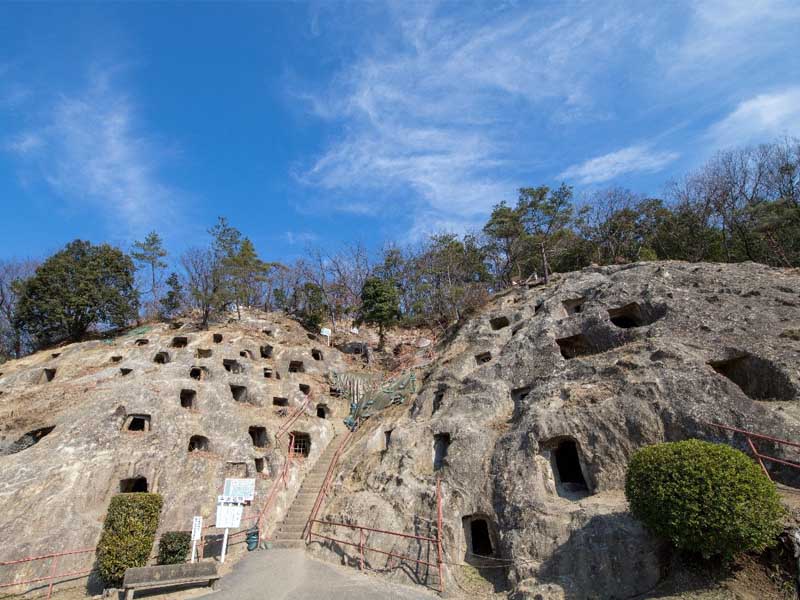Matsuyama Castle Ruins
sightseeing

Matsuyama Castle Ruins, built at the top of the Hiki Hills, is one of the most prominent flat mountain castles in the Kitamusashi region and was designated a prefectural historic site in 1925. In 2008, it was added to the Hiki Castle Site Group, alongside the already designated Sugaya Yakata ruins (Ranzan Town), Sugiyama Castle ruins (Ranzan Town) and Ogura Castle ruins (Tokigawa Town, Ranzan Town, and Ogawa Town). The castle is surrounded by a low marshy area formed by the Ichino River, creating a natural fort.
Basic Information
Location
298 Kitayoshimi, Yoshimi Town, Hiki-gun
TEL
0493-54-9111
FAX
0493-54-9120
Business hours / Fee
Fee
Free
How to get there
Public transport
From "Higashi Matsuyama Station" on the Tobu-Tojo Line, take the bus bound for "Konosu License Center" and get off at "Hundred Hole Entrance" and walk for 6 minutes.
Car
About 5km from the Higashimatsuyama IC on the Kan-Etsu Expressway toward Konosu
Parking
Yoshimi Hyakuana Parking Lot: Free (225 ordinary cars, 3 buses)










